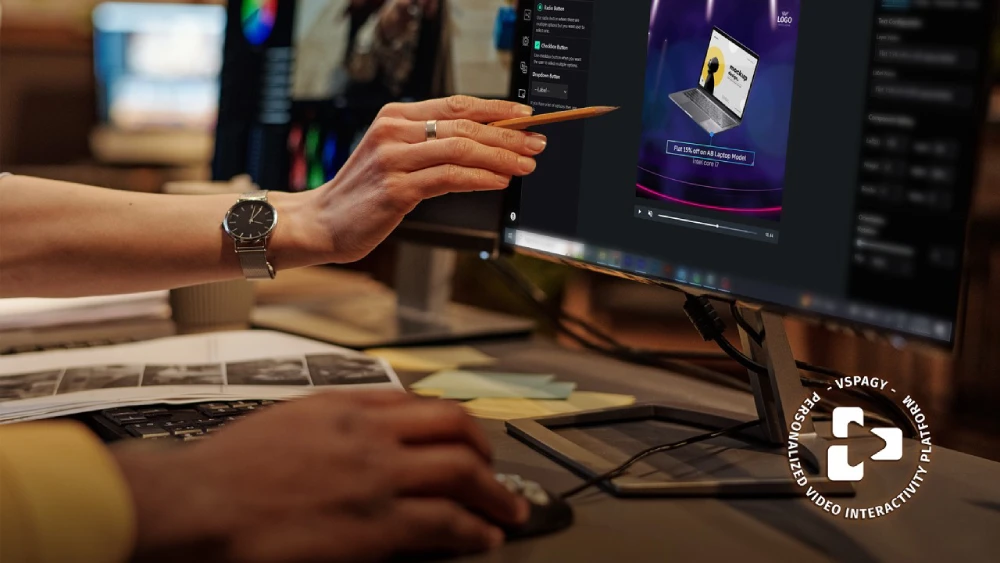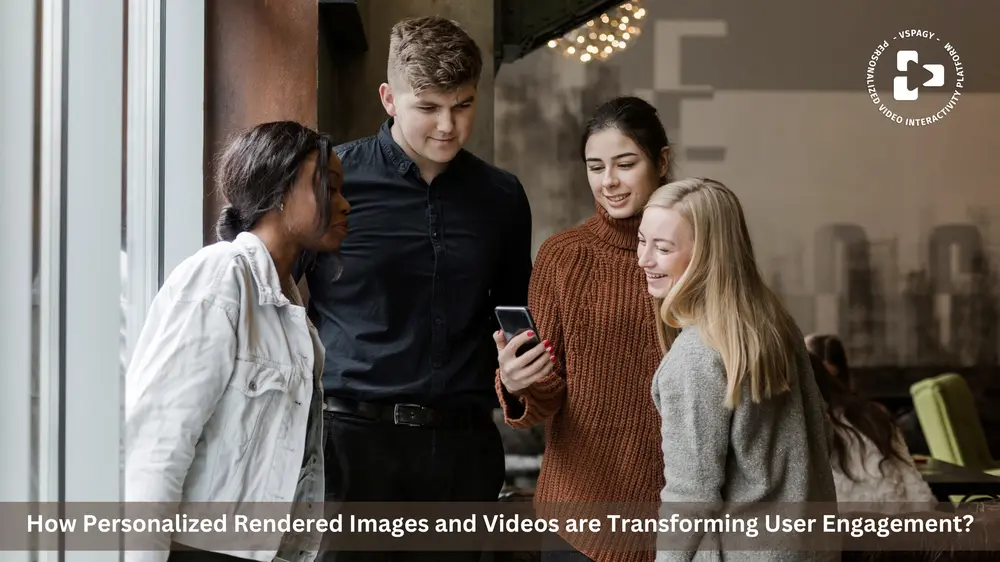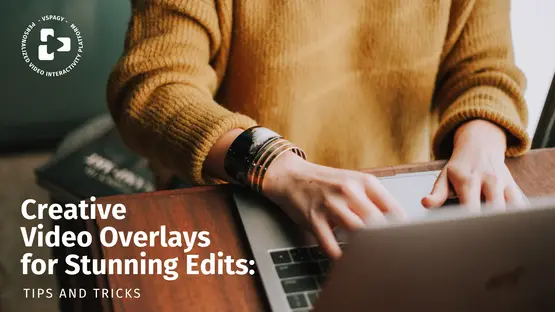Understanding the Video Overlay in Video Editing: Importance and
Applications
Jan 10, 2024

Introduction
In the dynamic world of video editing, various techniques and tools contribute to the creation of visually compelling and engaging content. One such essential element is video overlay. Video overlay is a powerful editing technique that involves placing one video clip on top of another, creating a layered overlay effect. This technique opens up a world of creative possibilities, allowing editors to enhance storytelling, convey information, and captivate audiences in unique ways.
Understanding Video Overlay
At its core, video overlay involves combining two or more video clips to create a single, seamless composition. This technique is achieved by layering videos on top of each other, with one clip serving as the base or background, and the other acting as an overlay. The overlay video is typically semi-transparent, allowing elements from the base video to show through.
Video overlays can take various forms, including text, graphics, images, or even another video. The transparency of the overlay is crucial in maintaining the visibility of the underlying content, creating a harmonious blend of elements. This technique is widely used in a variety of video genres, from narrative films and documentaries to promotional videos and online content.
Importance of Video Overlay in Video Editing
-
Enhanced Storytelling:
Personalized interactive video overlays can be used to tell a more compelling and engaging story. By incorporating text, graphics, or secondary footage onto into the main video, editors can provide additional context, explain concepts, or guide viewers through the narrative. This is particularly useful in tutorials, documentaries, or educational videos.
-
Branding and Identity:
Businesses and content creators often use video overlays to reinforce their brand identity. Watermarks, logos, and brand-related graphics can be overlaid on videos to establish brand recognition. This is essential for marketing and building a consistent visual identity across different platforms.
-
Information and Annotations:
Video overlays are effective for presenting information within the video itself. Editors can overlay text, annotations, or captions to highlight key points, emphasize important details, or provide translations. This is beneficial for tutorials, explainers, and any content where clear communication is crucial.
-
Visual Effects and Style:
Video overlays are widely employed to add visual effects and stylistic elements to videos. This includes transitions, filters, and creative graphics that contribute to the overall aesthetic appeal. Whether it's a subtle color overlay or dynamic transitions, these effects enhance the visual experience for the audience.
-
Simultaneous Display of Multiple Elements:
Video overlays allow for the simultaneous display of multiple visual elements on the screen. This can include a combination of pre-recorded footage, animated graphics, and text, creating a more dynamic and engaging viewing experience.
-
Correction and Enhancement:
Video overlay allows editors to experiment with visual effects, adding a layer of creativity to the final product. Filters, color grading, and visual enhancements can be applied as overlays, transforming the overall look and feel of the video. This creative freedom contributes to the development of a unique and visually striking style.
-
Creative Expression:
Video overlay provides a canvas for creative expression. Editors can experiment with various visual elements, layering effects, and innovative combinations to bring their artistic vision to life. This flexibility encourages creativity and allows for unique and memorable video content.
-
Interactive Elements:
For online content, such as tutorials or interactive videos, video overlay can be used to incorporate clickable elements or call-to-action buttons. This level of interactivity enhances user engagement and encourages viewers to participate or explore additional content.
Recent Developments in This Space
Recent developments in video overlay within the realm of video editing have brought forth a wave of innovation, transforming the way editors approach visual storytelling. Advanced machine learning algorithms and computer vision technologies have significantly improved the accuracy and efficiency of video overlay processes.
Automatic object recognition and tracking capabilities have become more sophisticated, allowing editors to seamlessly integrate elements into their compositions. Real-time video overlay has become more accessible, enabling editors to experiment with dynamic effects and transitions effortlessly.
Moreover, the rise of augmented reality (AR) and virtual reality (VR) has introduced a new dimension to video overlay, creating immersive and interactive experiences for viewers. This has particularly impacted industries like gaming, education, and marketing, where engaging visual content is paramount. The continuous evolution of video editing software and the integration of cutting-edge technologies underscore the dynamic nature of the field, offering content creators unprecedented tools to push the boundaries of creativity and deliver captivating visual narratives.
As these developments become more mainstream, we can anticipate even more exciting possibilities on the horizon for video overlay in video editing.
Frequently Asked Questions
How do you make a Video Overlay?
To create a video overlay, use video editing software to layer one video clip over another. Adjust opacity, position, and duration to blend the two clips. Save or export the combined video for use.
How do you Overlay Audio and Video?
To overlay audio and video, use video editing software. Import both files, place the video on the timeline, and add the audio track above it. Adjust the audio's timing and volume as needed. Export the combined file.
What does Overlay do in Editing?
In editing, an overlay adds a layer of content, such as text, images, or effects, onto an existing video. It allows for the combination or juxtaposition of multiple elements to create a cohesive visual composition.
Can I overlay an image on a video?
Yes, you can overlay an image on a video using video editing software. Import the video and image into the software, then position the image layer over the video. Adjust transparency or blend modes for desired effect.
Conclusion
In the ever-evolving landscape of video editing, mastering the art of video overlay is essential for content creators looking to elevate their work. The versatility of this technique, from enhancing storytelling to emphasizing visual elements and promoting brand consistency, makes it a valuable skill in the video editor's toolkit.
As technology continues to advance and audiences crave more immersive and engaging content, the importance of video overlay is likely to grow. Those who can harness its potential will find themselves at the forefront of video editing innovation, creating content that captures attention and leaves a lasting impression on viewers.
Take a preview of VSPAGY's SaaS Platform 3.0 and Sign Up to Get Free Trials!
Check out some Recommended Articles here:
-
Boost Customer Engagement with Personalized Video Interactivity
-
Power of Personalized Video Interactivity
-
Interactive Video Examples & Video Benefits




